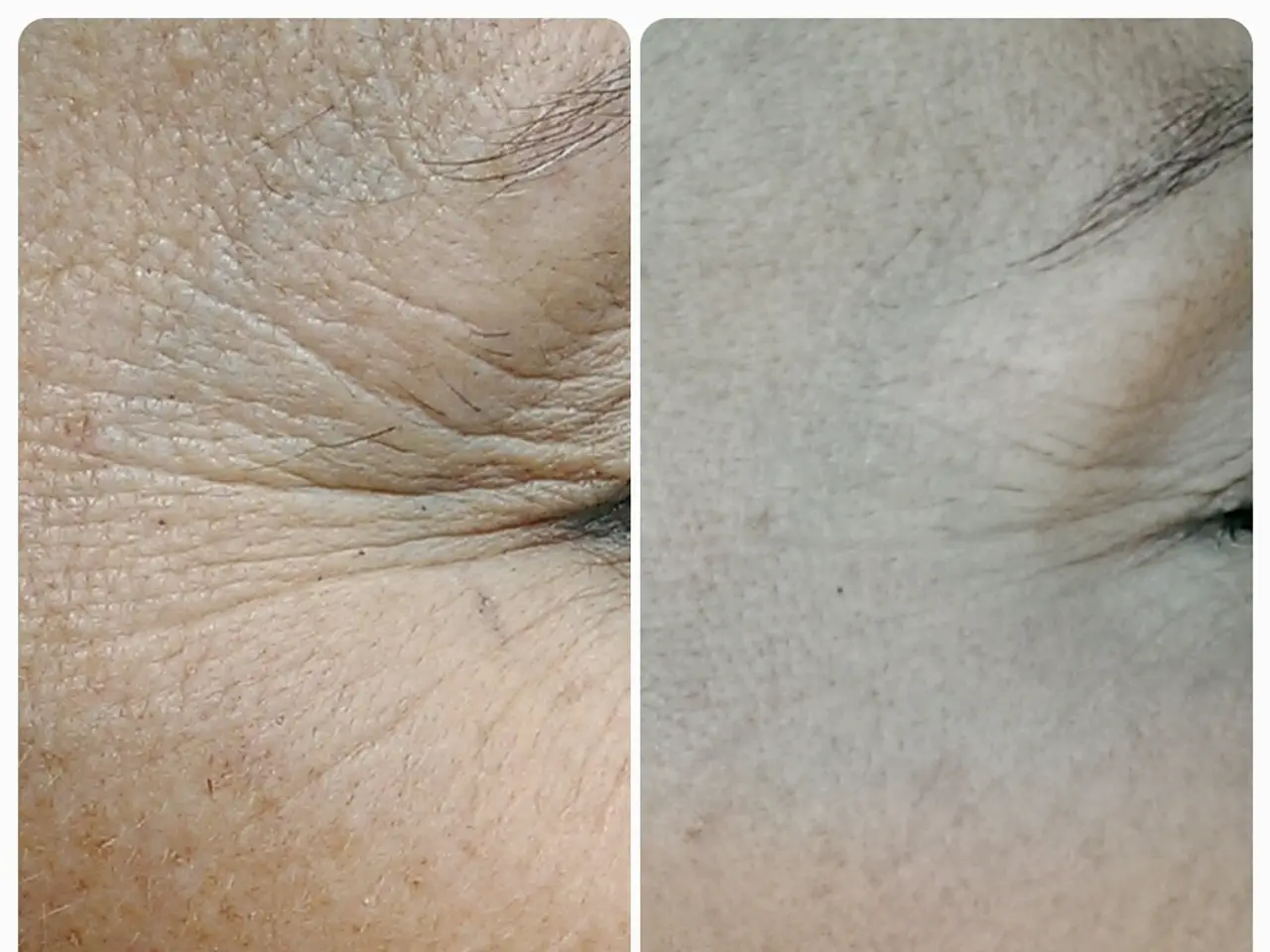Exploration of Skin Wellness: Focus on Dermatological Science
Dermatology is the branch of medicine dedicated to the study, diagnosis, and treatment of conditions that affect the skin, the largest organ of the human body. Dermatologists are like detectives, working tirelessly to uncover the causes of itchy, burning, or uncomfortable skin conditions.
These medical professionals are equipped to diagnose and treat a wide array of skin conditions, ranging from common issues like acne and eczema to more serious concerns such as skin cancer. They also play a crucial role in maintaining healthy, glowing skin by identifying and treating conditions early, offering personalized skincare advice, keeping an eye out for potential skin cancer risks, and providing treatments like laser therapy, chemical peels, and injectables.
One tool dermatologists use to better understand the skin and diagnose certain conditions is called dermatomes. These are like maps of the skin, connecting it to the spinal cord. They help doctors pinpoint the source of skin sensations and diagnose conditions. Dermatomes are like little windows on the skin, each one connected to a specific part of the spinal cord. By checking which dermatomes are affected, doctors can narrow down the search and find the root of the problem.
Dermatitis is a common skin condition that causes itchiness, redness, and inflammation. It can be caused by allergies, irritants, genetics, or medical conditions. Common types of dermatitis include atopic dermatitis, contact dermatitis (allergic and irritant types), dyshidrotic eczema, seborrheic dermatitis, stasis dermatitis, and perioral dermatitis.
Atopic dermatitis is the most common type, often starting in infancy. It causes dry, itchy, red, and thickened skin, typically on the face, neck, hands, feet, and joint areas. Treatment primarily involves emollients (moisturizers) to soothe dry skin, topical corticosteroids to reduce inflammation, and in severe cases, phototherapy or systemic medications.
Contact dermatitis arises from skin contact with irritants or allergens such as poison ivy, metals (nickel, chromium), cosmetics, or chemicals. The allergic form involves an immune reaction, while the irritant type results from direct damage. Prevention is key, focusing on identifying and avoiding triggers. Treatment includes emollients and topical corticosteroids; patch testing can help identify allergens.
Dyshidrotic eczema (pompholyx) appears as intensely itchy, small blisters on hands and feet, often followed by dry, cracked skin. Triggers can include stress, allergens, and moisture. Treatment uses emollients, topical corticosteroids, and, for severe cases, wet dressings, phototherapy, or immunosuppressants.
Seborrheic dermatitis involves flaky, scaly patches typically in oily areas like the scalp and face. It is treated with medicated antifungal shampoos and creams, often combined with topical corticosteroids.
Stasis dermatitis occurs due to poor blood circulation (e.g., in legs), causing redness and inflammation. Treatment aims to improve circulation via compression stockings, leg elevation, along with corticosteroids for inflammation control.
Perioral dermatitis manifests as redness and small bumps around the mouth and sometimes eyes. Treatment involves topical antibiotics (e.g., metronidazole, clindamycin), sometimes oral antibiotics, discontinuing topical steroids, simplifying skincare, and avoiding makeup.
In summary, treatments for dermatitis-related skin conditions generally start with moisturizers and topical corticosteroids to manage inflammation and dryness, supplemented by specific therapies such as allergen avoidance, antibiotics, antifungals, phototherapy, or systemic drugs according to the dermatitis subtype and severity. Understanding dermatomes can be beneficial for describing the location and extent of unusual skin sensations to doctors, making communication clear and effective.
Dermatologists, with their expertise in health-and-wellness and skin-care, can diagnose and manage a variety of skin-conditions, such as dermatitis, acne, eczema, and even skin cancer. They employ tools like dermatomes, which connect the skin to the spinal cord, to pinpoint the source of skin issues effectively. These maps of the skin, acting like little windows, help doctors narrow down the potential causes and devise appropriate treatments, ranging from emollients and topical corticosteroids to more specialized therapies, ensuring proper care for various skin-conditions.




